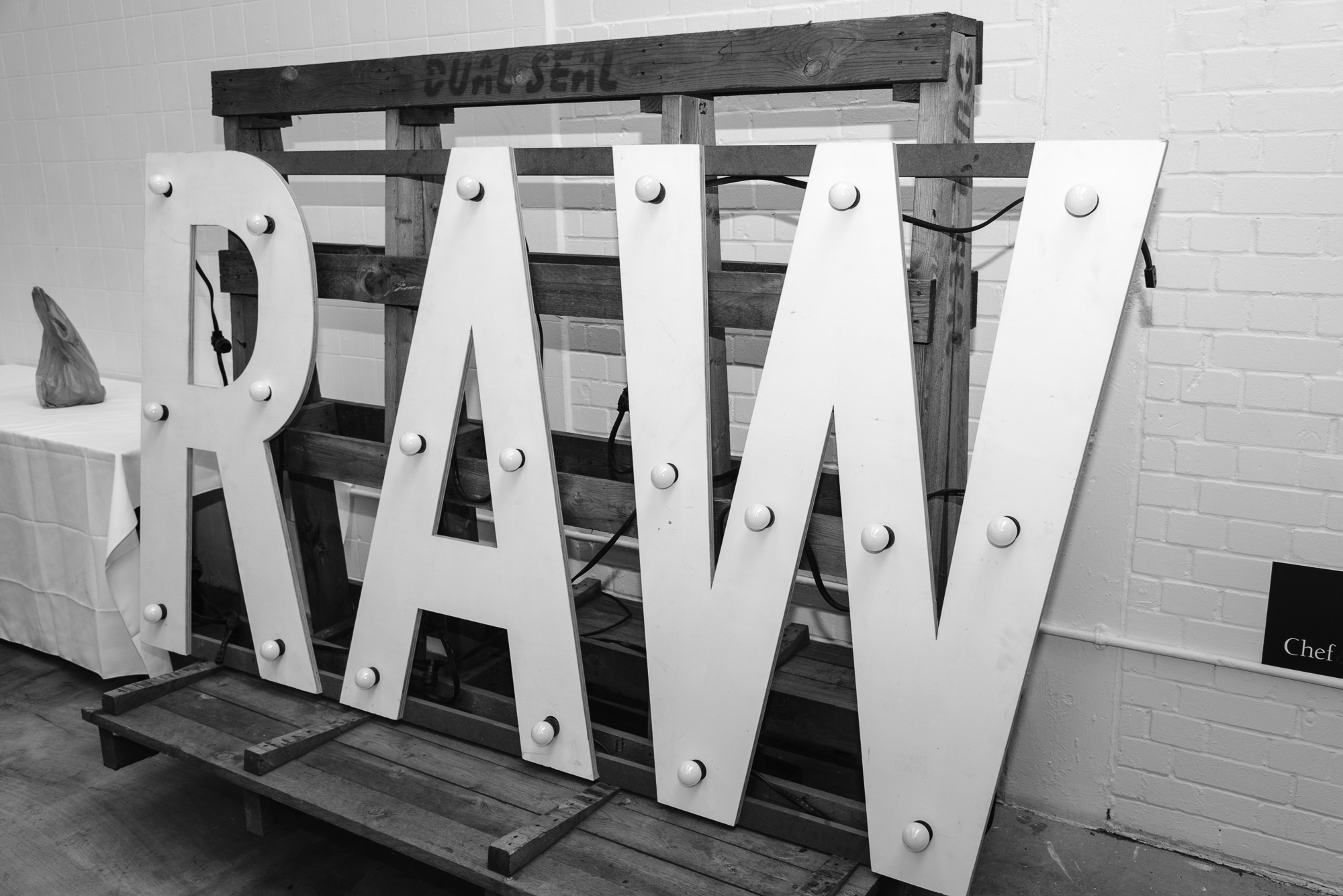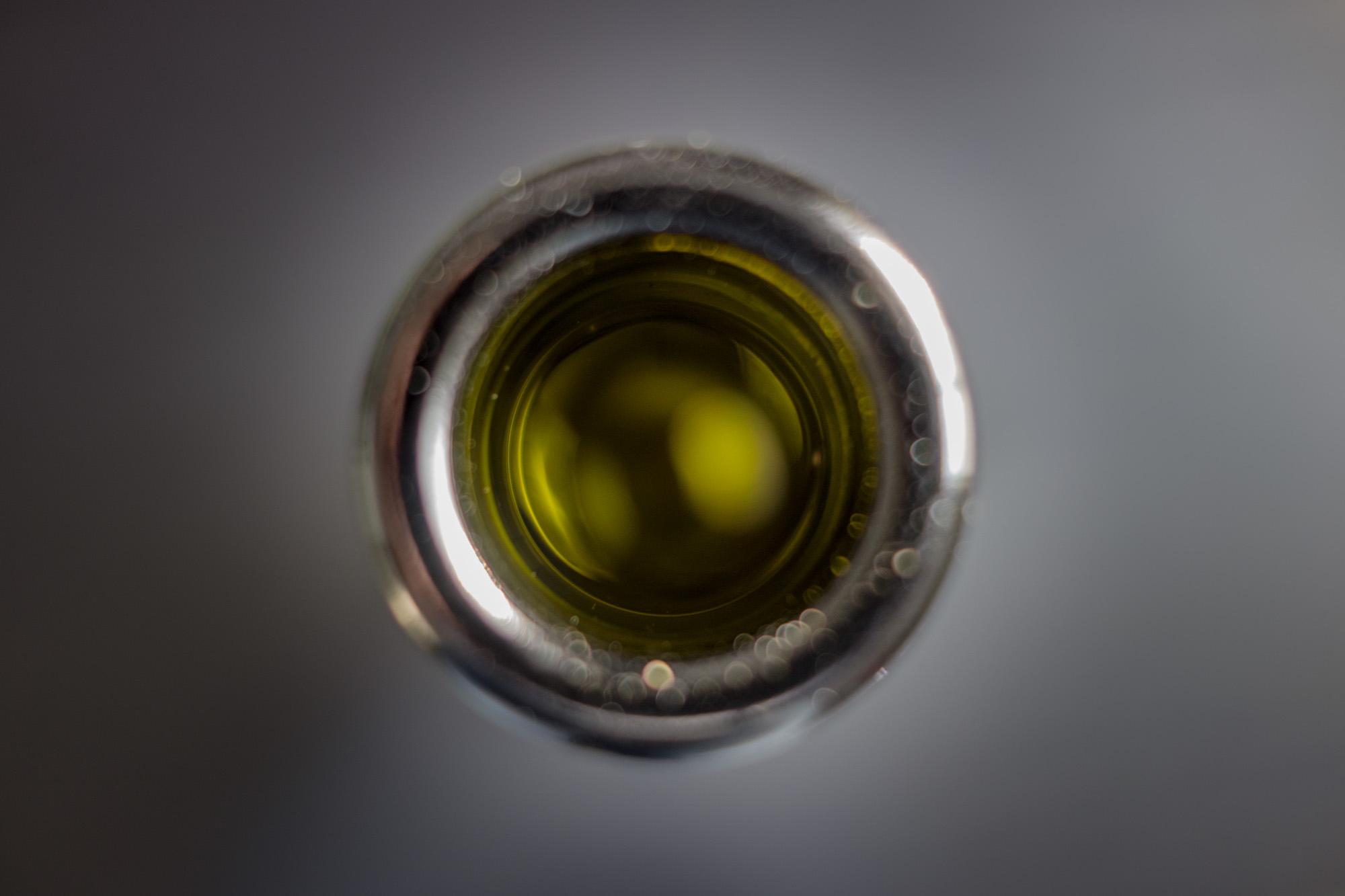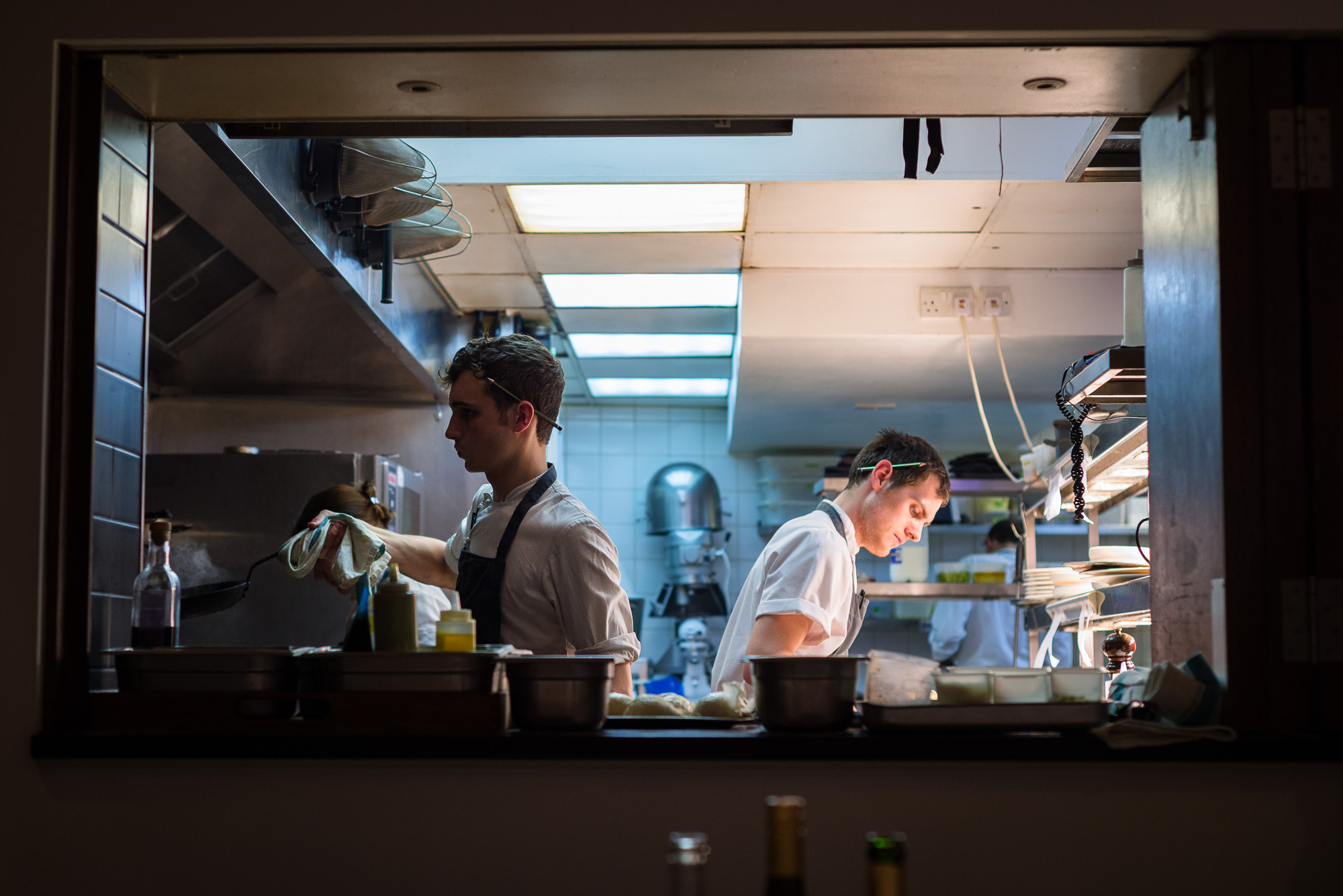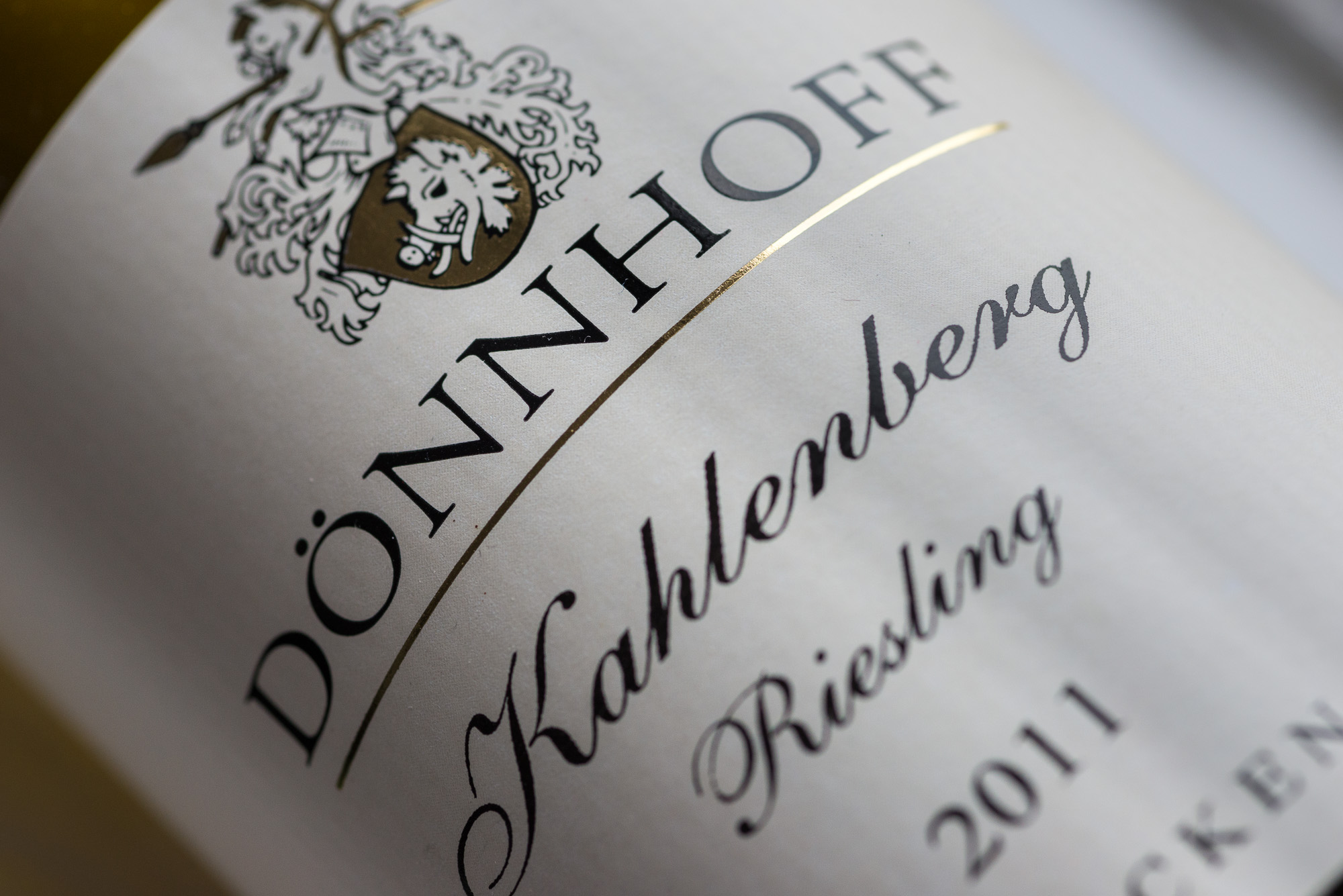Wittmann, Grauer Burgunder trocken, 2010
Pinot Grigio is dull. That would be a textbook provocative statement to catch the interest of the reader, and of course the author would qualify that statement to the extent that it was almost turned into the opposite. However, I do honestly believe that Pinot Grigio is dull. Not on principle, but the vast majority of Pinot Grigio I encounter is mass produced dullness to the extent that I'd discourage everyone to choose one - unless there are reasons to have hope for the wine, for instance when sourced from a good wine merchant or knowledgeable sommelier.
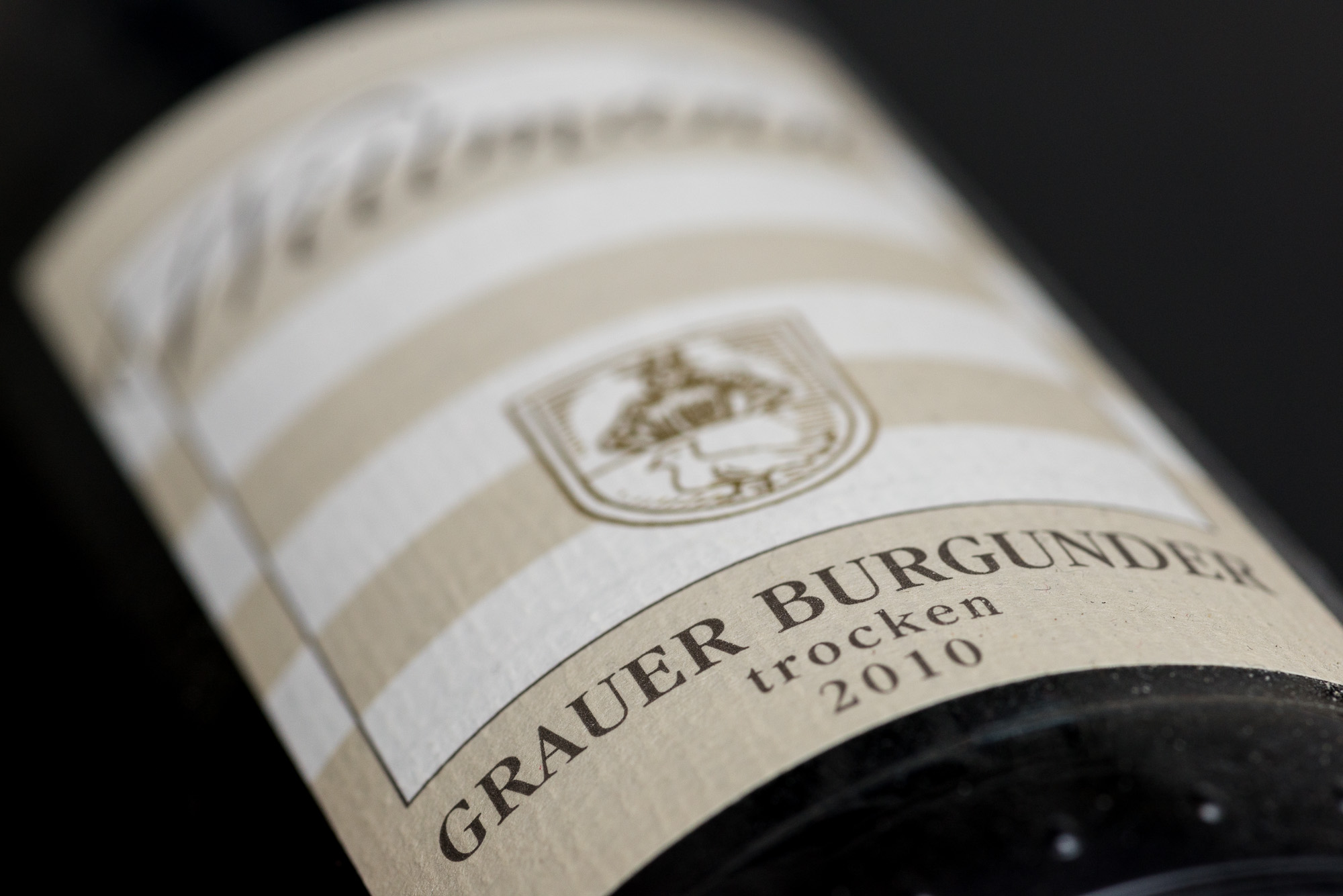
That at least is how I see the situation in the UK with imported Pinot Grigio. In Germany, or where German wine is available, there is a second route: buy wine made from the same grape variety, but done in Germany style. Sometimes, these wines are labelled Pinot Gris, like in France, but mostly you will find the German name Grauburgunder.


